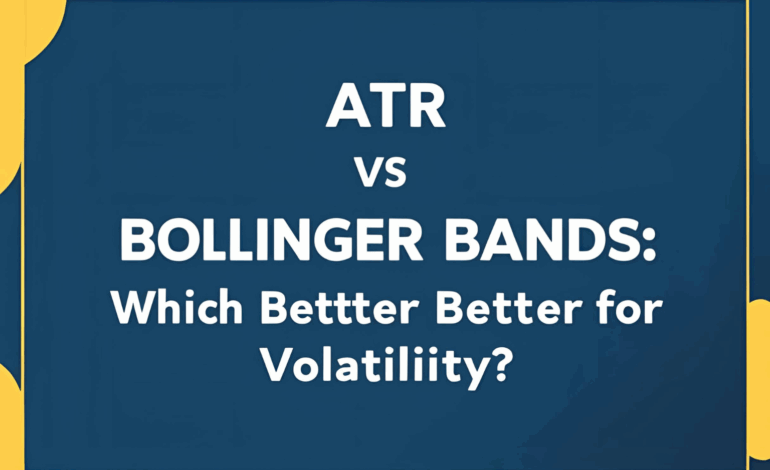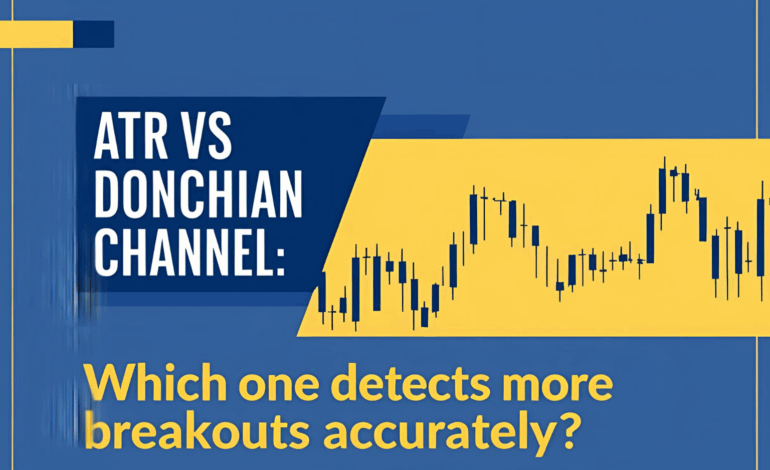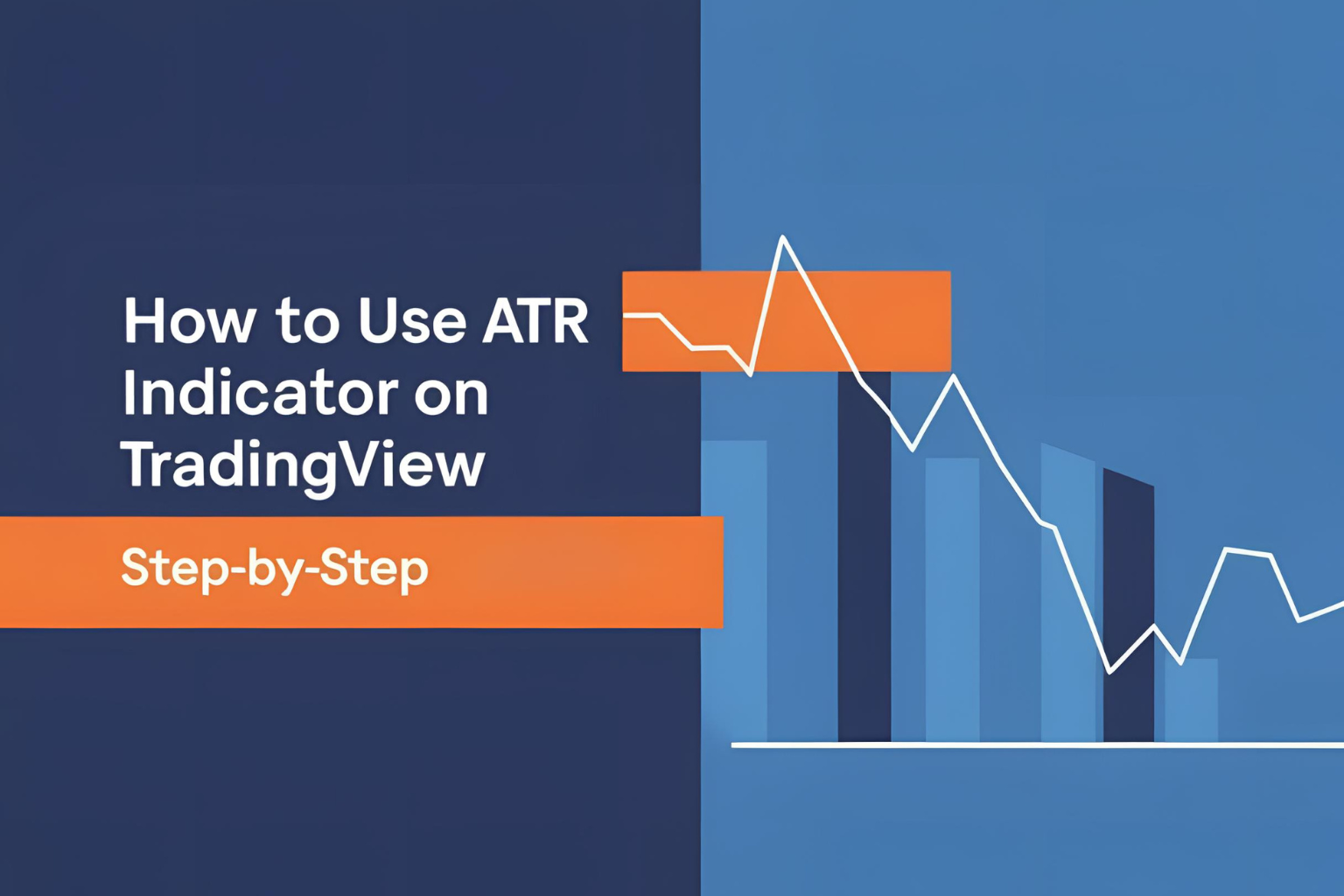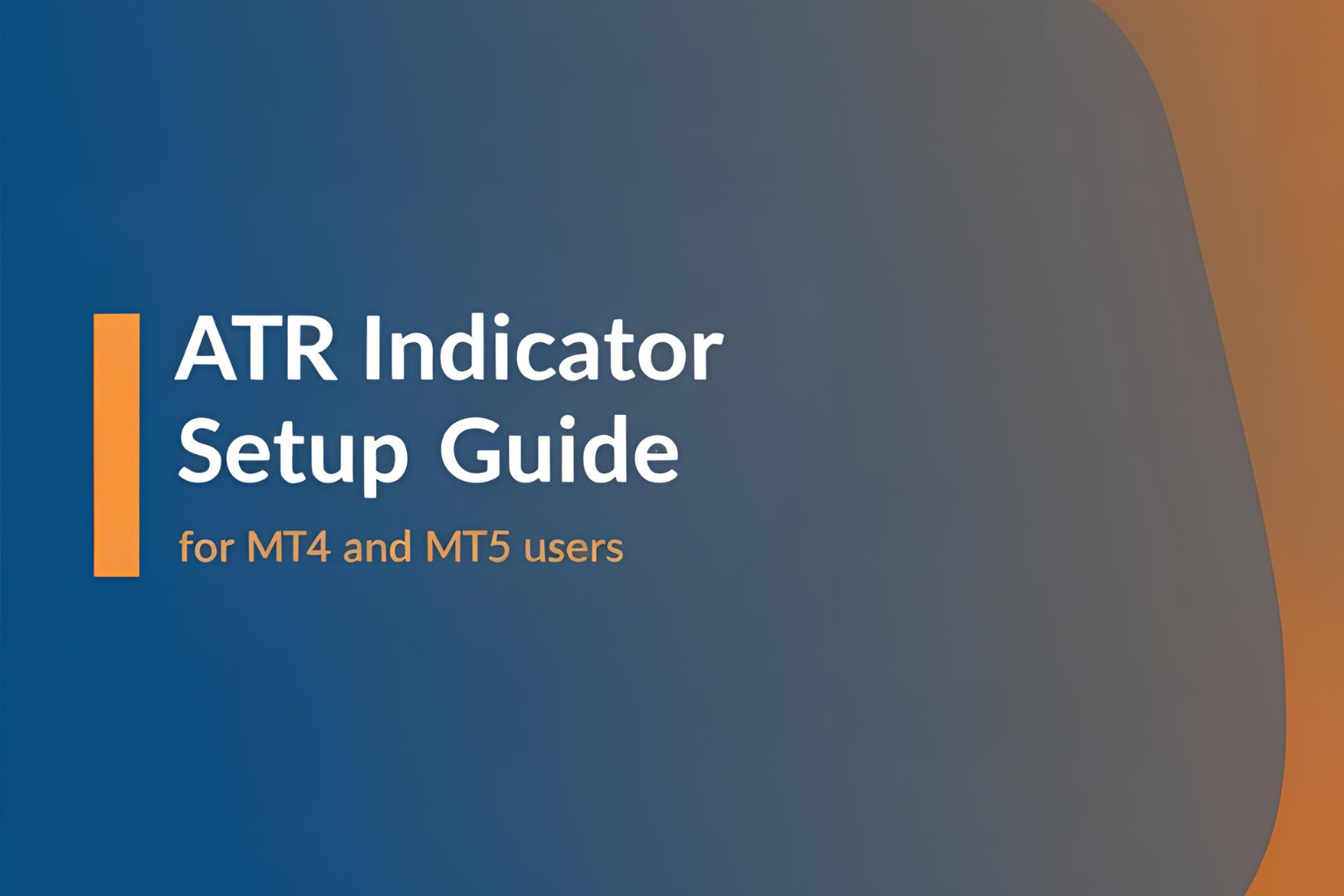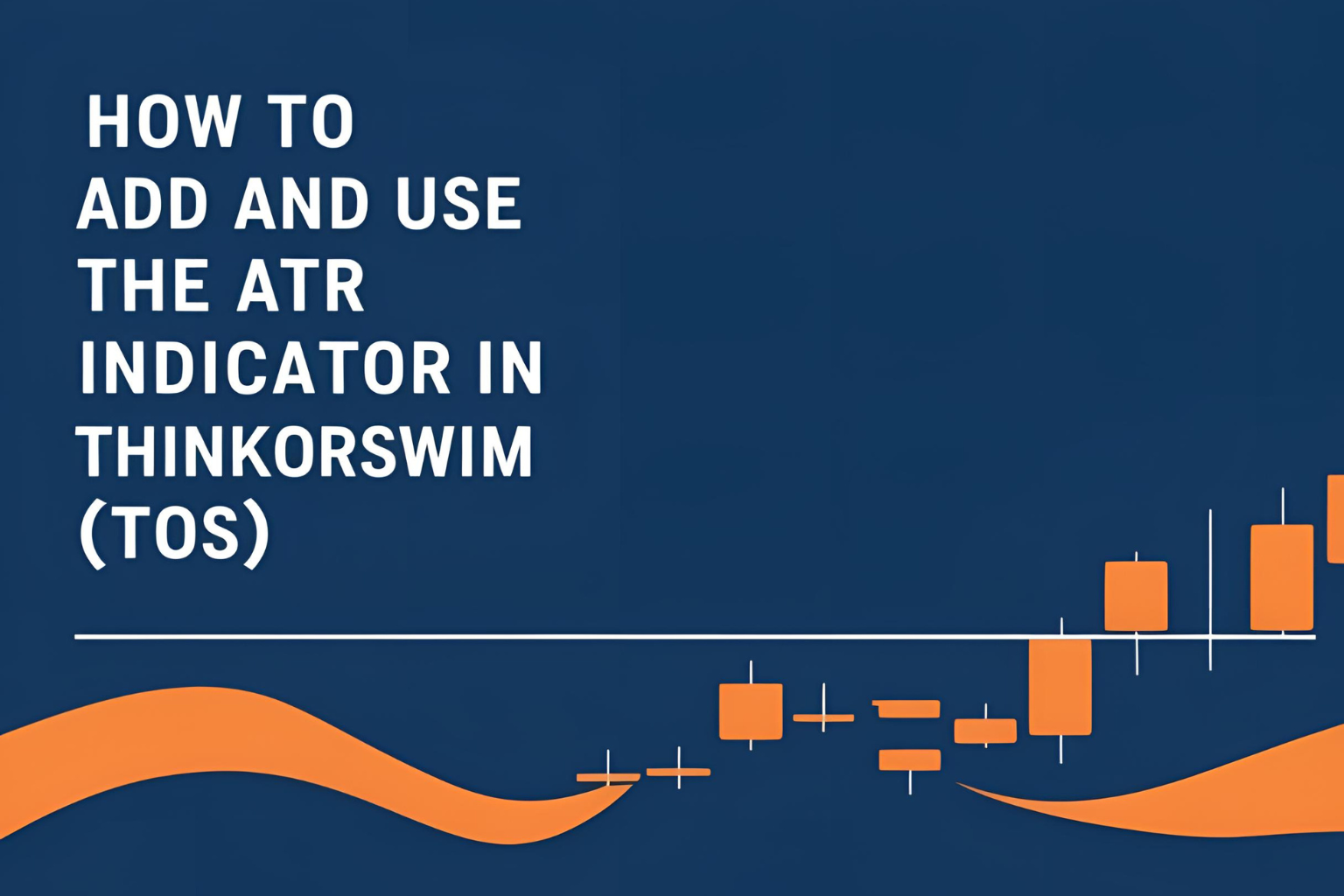
ATR vs Supertrend Indicator: Which Offers Better Entry Points?
Both the ATR (Average True Range) and the Supertrend indicator are commonly used in trading, but they serve different purposes. While ATR helps manage volatility and risk, Supertrend is often used for entry and exit signals. In this article, we’ll compare ATR vs Supertrend to determine which is better for finding accurate trade entries—and when to use each one effectively.
1. Purpose and Function
🔹 ATR (Average True Range):
- Measures volatility, not direction
- Shows how much an asset typically moves
- Used to set stop-losses, targets, and position sizes
🔹 Supertrend:
- A trend-following indicator
- Combines ATR with price action to show clear buy/sell signals
- Changes color and position when the trend flips
2. Indicator Placement
- ATR is a separate line below the chart
- Supertrend is plotted directly on the price chart
- Green line = Buy signal
- Red line = Sell signal
3. Signal Timing
✅ Supertrend:
- Gives clear entry signals based on trend flips
- Easier for beginners to follow
- Useful for trend confirmation and trailing stops
✅ ATR:
- Does not provide buy/sell signals directly
- Best used to filter trades based on volatility
- Helps traders avoid entries in low-momentum markets
4. Key Differences: ATR vs Supertrend
| Feature | ATR | Supertrend |
|---|---|---|
| Type | Volatility indicator | Trend-following indicator |
| Signal generation | No | Yes (Buy/Sell signals) |
| Entry signal quality | Indirect | Direct |
| Best used for | Stop-loss, risk management | Entry/exit and trend filter |
| Learning curve | Easy | Very easy |
5. Use Both Together for Better Results
Many traders combine ATR and Supertrend for improved strategy execution:
- Use Supertrend to identify trend direction and entry points
- Use ATR to set smart stop-loss and take-profit levels
Example Strategy:
- Supertrend turns green → Consider long entry
- Use ATR (14) to calculate stop-loss = 1.5× ATR below entry
- Set target = 2× ATR above entry
When to Use Each
- Use Supertrend when you want quick visual signals for trend entries
- Use ATR when you need precise risk control and volatility filtering
Conclusion
In the battle of ATR vs Supertrend, there is no “better” tool—it depends on your objective.
- If you want entry signals, Supertrend is the clear winner
- If you want risk management, ATR is essential
Used together, they form a complete system—Supertrend tells you when to enter, and ATR tells you how to manage the trade effectively.
✅ FAQs
1. Is Supertrend based on ATR?
Yes, Supertrend uses ATR in its calculation to determine where the trend flips.
2. Can ATR be used for entries?
Not directly. It’s a volatility indicator used mainly for stop-loss and trade filtering.
3. Which is better for beginners: ATR or Supertrend?
Supertrend is more visual and easier for beginners to follow.
4. Should I use both indicators together?
Yes, combining them helps you confirm entries and manage trades effectively.
5. Does Supertrend repaint signals?
No, once a candle closes and a signal is generated, it usually remains fixed.

